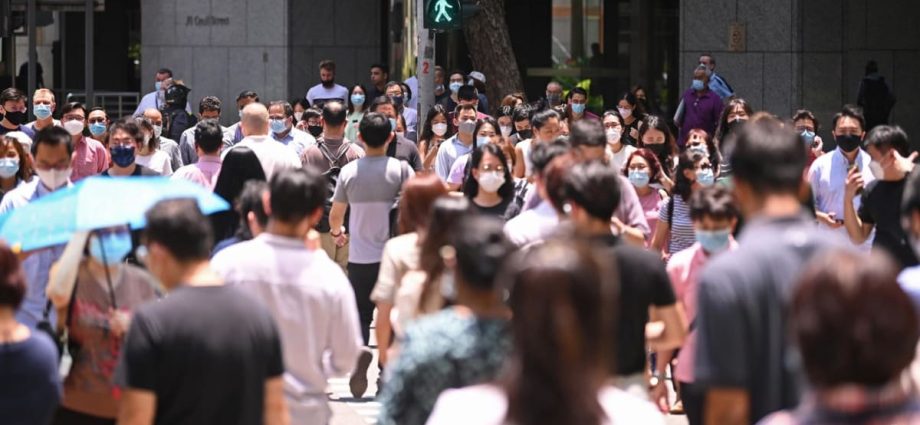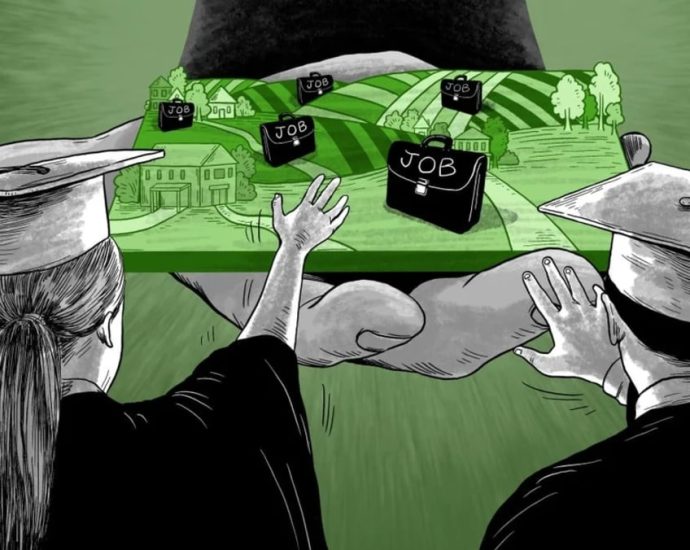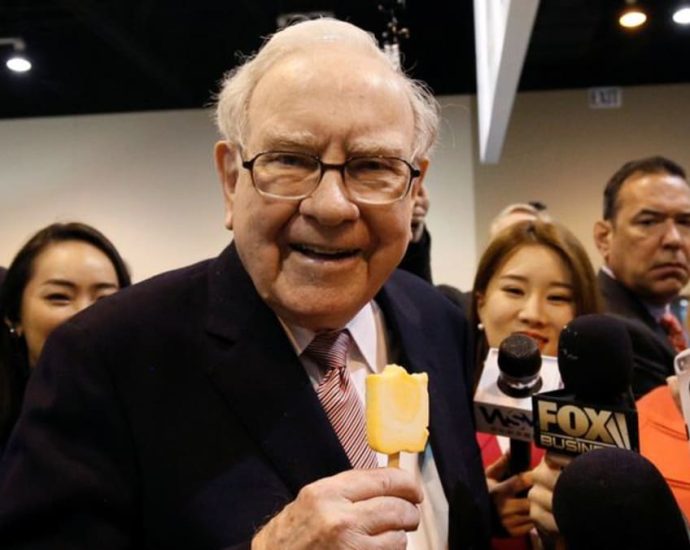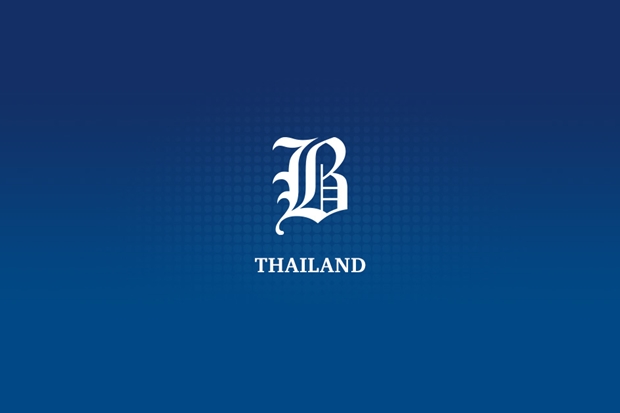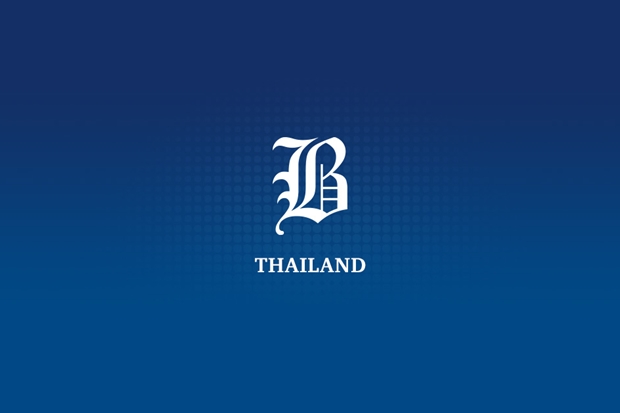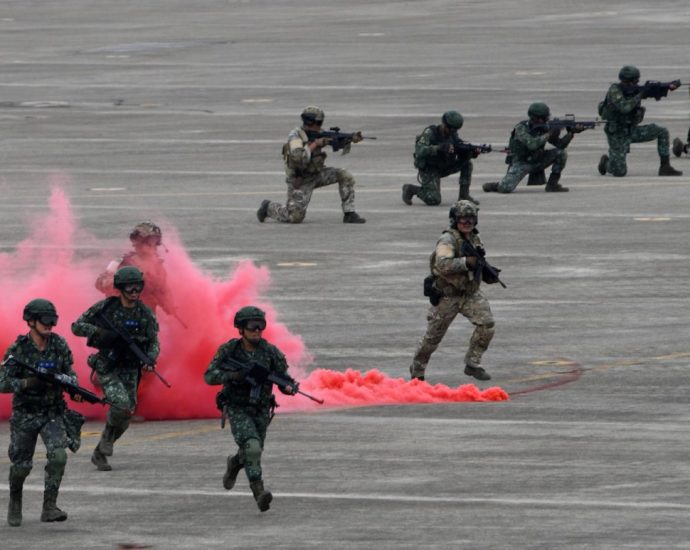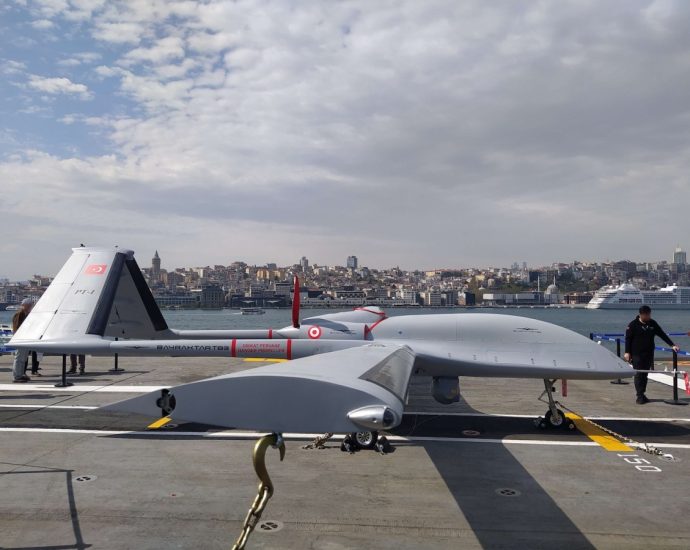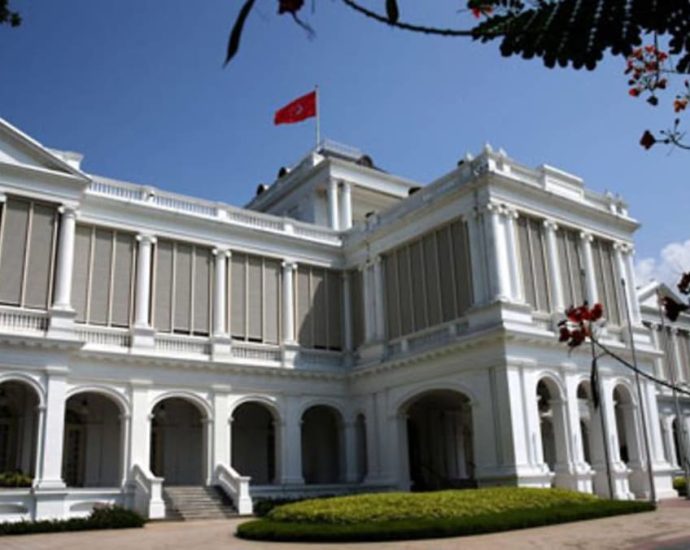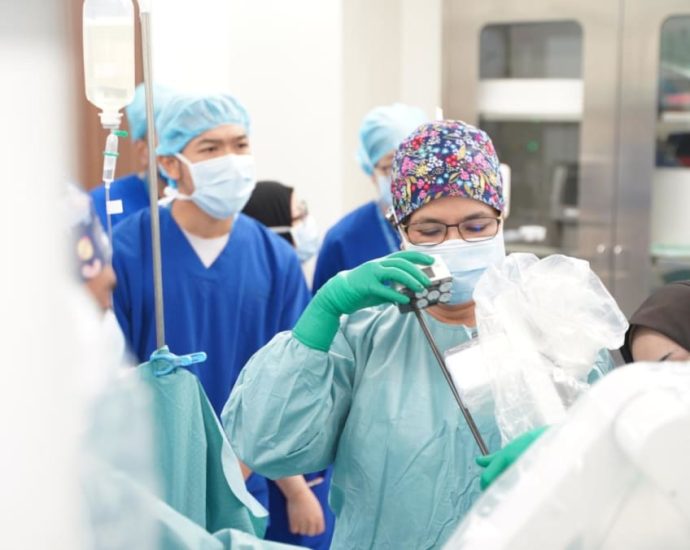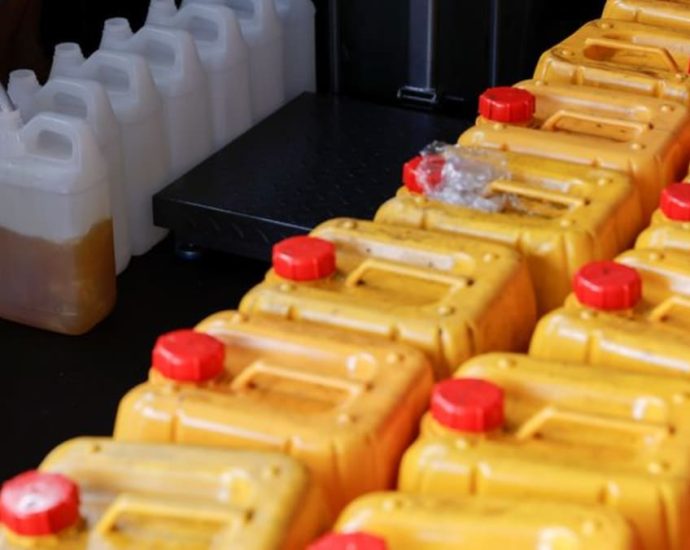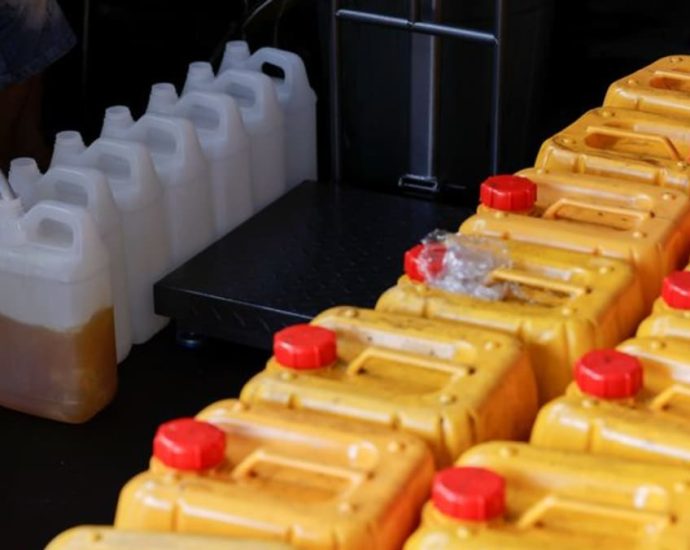Singapore wages up 0.4% in real terms in 2022, pace of growth ‘significantly dampened’ by inflation

SINGAPORE: Real wages in Singapore grew 0.4 per cent in 2022, lower than the 1.6 per cent in the preceding year, the Ministry of Manpower (MOM) said on Monday (May 29).
The pace of real wage growth last year was “significantly dampened” by inflation. The inflation rate in 2022 was 6.1 per cent, higher than the 2.3 per cent recorded the preceding year.
Nominal total wages – including employers’ Central Provident Fund (CPF) contributions – of full-time resident employees who had been with the same employer for at least one year rose by 6.5 per cent last year.
Nominal total wages do not take into account inflation. The 6.5 per cent increase in 2022 was “significantly higher” than the 3.9 per cent in 2021, and was the highest in a decade.
“This reflected the efforts by firms to restore wages of some employees who experienced wage cuts during the pandemic years, as well as give higher wage increases to other employees to retain staff amidst competition for workers,” said MOM.
MORE PROFITABLE FIRMS
“As the Singapore economy continued to grow in 2022, there was a strong increase in the proportion of profitable firms. As a result, more firms were able to raise their employees’ wages in 2022 compared to 2021,” said the ministry.
The proportion of profitable establishments rose for the second consecutive year to 83.9 per cent in 2022. The proportion of establishments that gave wage increases rose from 60 per cent in 2021 to 72.2 per cent in 2022.
This was slightly higher than the pre-pandemic level in 2019 of 69.2 per cent, noted MOM.
Among establishments that gave wage increases, the magnitude of increase was larger in 2022 compared with 2021.
Those that cut the wages of their employees remained in the minority at 5.2 per cent, said the Manpower Ministry. Among them, the magnitude of wage cut was also smaller in 2022 than the previous year.
The remaining 22.6 per cent of firms left the wages of their employees unchanged.
TOTAL WAGE GROWTH TO MODERATE IN 2023
“Against the backdrop of the global economic slowdown and a more uncertain business environment, firms are likely to take a cautious approach regarding salary increments,” said MOM.
“Hence, total wage growth is expected to moderate in 2023.”
Firms are likely to take a cautious approach regarding salary increments, against the backdrop of the global economic slowdown and a more uncertain business environment, the ministry added.
But more companies expressed an intention to raise their employees’ wages in March 2023 compared with December 2022, said MOM, based on recent polls on wage expectations conducted in the first quarter of this year.
“To remain competitive and resilient amidst these global developments, we encourage firms and workers to press on with business and workforce transformation, and make full use of government programmes to adapt to the changing environment,” said the ministry.
“The government also encourages all firms to implement the Flexible Wage System as the uncertainties ahead continue to underscore the need for resilience and flexibility in wage structures.”

